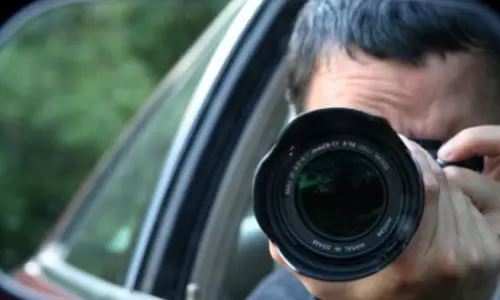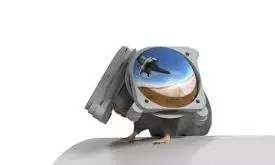
Mice VR headsets break new ground in brain activity and behavioural research
text_fieldsA groundbreaking development in virtual reality (VR) technology has enabled mice to experience immersive environments, providing scientists with an innovative tool to study brain activity.
These VR headsets, designed using components like smartwatch screens and miniature lenses, allow researchers to observe neural responses during specific behaviours, potentially shedding light on human neurological disorders.
According to a study published in Nature Methods, the headsets - dubbed "MouseGoggles" - work alongside a spherical treadmill that keeps mice stationary while simulating movement. The goggles display sharp, high-contrast visuals, effectively replicating real-world experiences.
Dr. Matthew Isaacson, a postdoctoral researcher at Cornell University, noted that earlier techniques using projector screens failed to engage mice meaningfully. In contrast, the MouseGoggles triggered realistic behavioural reactions, such as startle responses to simulated predators, making them a powerful tool for studying natural behaviours.
Researchers tested the VR system's accuracy by monitoring two key brain regions: the primary visual cortex and the hippocampus. The visual cortex confirmed that mice could clearly perceive the virtual images, while the hippocampus indicated precise mapping of the simulated environment. These results highlight the headsets' potential to deepen understanding of how mammals navigate and interact with their surroundings.
Dr. Chris Schaffer, a professor of biomedical engineering at Cornell, emphasized that the technology could revolutionize neuroscience by facilitating the study of behaviours in naturalistic settings. The team is also exploring enhancements, including lighter headsets for larger rodents like rats and the integration of additional sensory stimuli, such as smell and taste, to enrich the virtual experience.
This cutting-edge technology holds promise for advancing the study of conditions such as Alzheimer's disease by offering insights into spatial navigation and memory impairments. By replicating real-world scenarios in a controlled environment, the MouseGoggles could provide critical data on complex decision-making processes and sensory integration.























